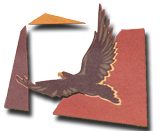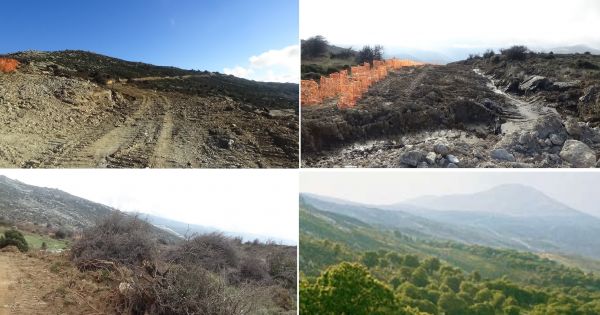Historical flashback
Neolithic period (4.000 – 2000 BC)
Most findings of the bronze age were located on the Plakari hill (west of Karystos) and the cave of Aghia Triada. In Plakari, tools made of obsidian have been found and a settlement is speculated to exist. In Aghia Triada, human bones have been found and possibly the cave was used as a cemetery. During the Late Bronze Age we know from the Homeric epic poems that in today's Kastri location there used to be a sanctuary that was dedicated to the Geraistios Poseidon.
Iron Age (1050 – 500 BC)
In Plakari, fragments of vessels and earthenware jars from the geometric and archaic period have been found, as well as a temple from the Geometric period. In the gorge of Archamboli, a settlement is speculated to exist, as wall ruins and a temple probably from the archaic period testify.
Classical Period (500 – 300 BC)
Karystos is destroyed by Persians (490 BC), while during the second Persian expedition, it surrenders itself without resistance. Then, it was submitted to Athenians who install a guard. During the 4th century, Karystos acquires independence and escapes the hegemony of Athens. The town is developed in Palaiochora location, under the hill where Castello Rosso castle is located.
Hellenistic and Roman Period (300 BC – 300 AD)
Karystos came under the control of the Macedonians and then it was conquered by the Romans. The excavation of marble granted prosperity to the town, and a gold coin was struck in 100 AD for the first and the last time.
Late Roman Period (300 –600)
Decline started taking place as well as pirate raids. Then quarries were abandoned.
Byzantine period (600 – 1200)
The main settlement was still located in Palaiochora, but new settlements were also developed, in Aghioi Theodoroi (Miloi), in Hartzani and another two, east of the Bay of Karystos.
Latin Rule - Venetian Rule (1200 – 1470)
In 1216 the Venetian baron Ravanos Delacarcheri built Castelo Rosso (Red Castle) on the foundations of a Byzantine castle. Karystos port became a prominent merchant center as well as a strategic center for the passage of ships into the northeastern Aegean. The countryside was abandoned by the populace due to turmoil from the feudal lords (knights) turnover and Arvanites were encouraged to settle in Cavo d'Oro (1402 and 1425)
Ottoman Rule period (1470 – 1833)
Castello Rosso became the center of the area and the various settlements were developed around the castle (Miloi, Mekounida, Grabias, Kalyvia, Lala). The Christian slaves suffered from slavery and high taxes. The revolution of 1821 didn't manage to liberate Evia by war. Turks withdrew in 1833, with the enforcement of a treaty.
Later period until currently
The lack of facilities, mainly roads and electricity, kept Karystia region detached from the capital of the country, which is located so closely. The local people earn a living raising animals, producing a few acricultural products and with marine sailing. Due to the difficulties of daily life, which are more intense in the isolated villages of Cavo d'Oro, the inhabitants relocate to other places. During the 1980 and 1990 decades, Karystos population increased, while villages were abandoned, remaining in a declining situation until today. The gradual improvement of the facilities (e.g. roads, regular traffic with Attica) favor new financial activities, tourism, holiday homes and stone quarries. The population centers of the area (Karystos, Marmari and Styra) lose their local color with the advent of apartment buildings and the construction of hundreds of holiday homes in the suburbs.























